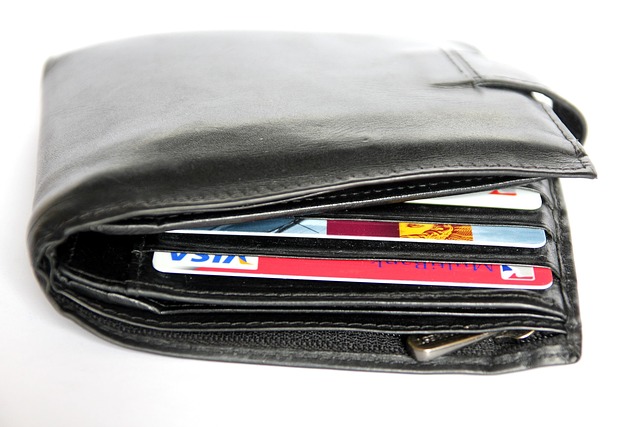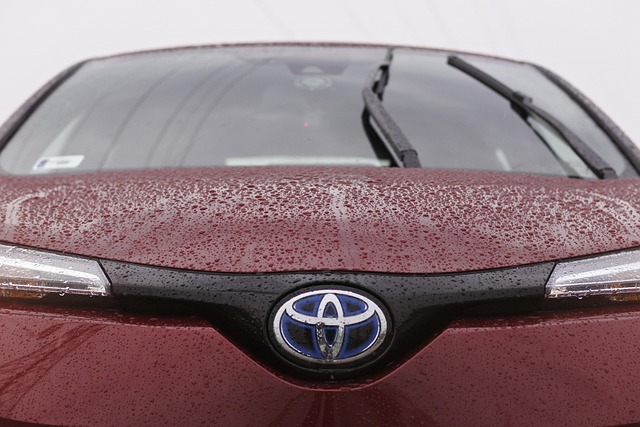
Income-driven Repayment Plans
When it comes to managing student loans, the landscape can feel a bit overwhelming. But if you’re one of the millions navigating this terrain, understanding income-driven repayment plans is crucial. These plans are designed to make your payments more manageable based on your income and family size. Let’s break it down.
What Are Income-driven Repayment Plans?
Income-driven repayment (IDR) plans allow borrowers to pay back their federal student loans based on their discretionary income. This means your monthly payment can be adjusted according to how much you earn, making it easier to stay afloat financially. The main goal? To ensure that your student loan payments don’t consume your entire paycheck.
Types of Income-driven Repayment Plans
There are several options available under the IDR umbrella. Here’s a quick rundown:
- Income-Based Repayment (IBR): Caps your payments at 10-15% of your discretionary income, depending on when you took out your loans.
- Pay As You Earn (PAYE): Limits payments to 10% of your discretionary income, but you must demonstrate financial hardship.
- Income-Contingent Repayment (ICR): Also caps payments at 20% of your discretionary income, but has different eligibility criteria.
Each of these plans has its own set of rules and benefits, so it’s important to evaluate which one fits your situation best.
Why Choose an Income-driven Repayment Plan?
Opting for an IDR plan can offer several advantages:
- Lower Monthly Payments: If you're struggling to make payments, IDR plans can significantly reduce your monthly financial burden.
- Loan Forgiveness: After making qualifying payments for 20-25 years, any remaining balance may be forgiven.
- Flexibility: Payments adjust as your income changes, which can be a lifesaver during tough financial times.
What Happens If You’re on the SAVE Plan?
If you were enrolled in the Saving on a Valuable Education (SAVE) plan, you might have enjoyed ultra-low payments, even as low as $0. However, with the recent changes, this plan is no longer available. This means you’ll need to transition to another IDR plan. The good news is that the other options still provide relief, but it’s essential to act quickly to avoid any lapse in your repayment strategy.
Next Steps: Choosing Your Plan
With the SAVE plan off the table, here’s what you should do:
- Evaluate your current financial situation. How much can you realistically afford to pay each month?
- Research the available IDR plans. Consider factors like eligibility, payment caps, and forgiveness options.
- Contact your loan servicer. They can provide guidance on switching to a new plan and what documentation you may need.
Taking these steps can help you regain control over your student loan payments and keep your finances in check.
Final Thoughts
Managing student loans doesn’t have to be a daunting task. By understanding income-driven repayment plans and knowing your options, you can make informed decisions that align with your financial goals. Remember, the key is to stay proactive and informed. 💪

















 Personnel Concepts
Personnel Concepts 
 Health
Health  Fitness
Fitness  Lifestyle
Lifestyle  Tech
Tech  Travel
Travel  Food
Food  Education
Education  Parenting
Parenting  Career & Work
Career & Work  Hobbies
Hobbies  Wellness
Wellness  Beauty
Beauty  Cars
Cars  Art
Art  Science
Science  Culture
Culture  Books
Books  Music
Music  Movies
Movies  Gaming
Gaming  Sports
Sports  Nature
Nature  Home & Garden
Home & Garden  Business & Finance
Business & Finance  Relationships
Relationships  Pets
Pets  Shopping
Shopping  Mindset & Inspiration
Mindset & Inspiration  Environment
Environment  Gadgets
Gadgets  Politics
Politics 